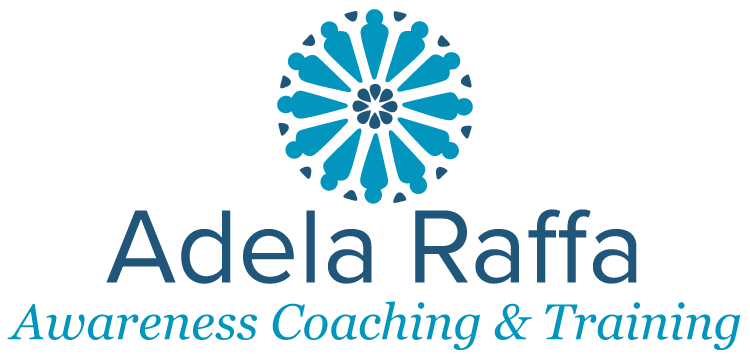How to Meet People Where They Are
How do you meet someone where they are?
A client once told me they didn’t need to be saved, only heard, seen and acknowledged, which changed my need to “add value” with my experiences, expertise, or worse…“my wisdom…”
While it’s an important practice in all areas of life; meeting someone where they are, and not where we want them to be, it’s also transformative in both personal and professional relationships.
Unfortunately, people often have the tendency to to re-characterize, interpret or make assumptions about someone else’s experience and offer unsolicited advice. For example, you tell your friend you’re having a bad day and they tell you to focus on the good things in your life…Or perhaps you share travel plans with a co-worker who offers a list of things that would make your trip even better….You might share your desire to adopt a child from another country and your family can’t understand why you’re not considering a child from your own country...You tell a business associate about a new app you want to design and they tell you it’s a waste of time…And so on. Have you experienced this, can you relate?
Advice from friends, family and business associates definitely has a place and are often welcomed….especially when requested. Otherwise, it can make things worse, make us feel not heard, disempowered or just simply frustrated.
To create a space, or an environment, where people can be who they are might take practice, however, it will deepen your intimacy, freedom and connection. I created ALSAC, or 5 simple steps to deepen the art of connecting, not projecting. Here are the steps for your consideration:
Awareness. Staying present is to be aware of your own internal (self) and external (others, environment) world. In that space you can turn your focus on the other person; see them, meet them and acknowledge them.
Listen: Deeper listening involves listening with your entire being and engaging your other senses. You might be surprised at how much more you’ll hear. I teach a class on deeper listening, because we’re not used to listening without thinking about our turn to speak.
Silence. It’s OK to listen in absolute silence. It may be strange at first, but offering up a quiet space for someone else to be heard is a beautiful gift Use eye contact and body language to engage silently in the conversation.
Ask. There’s an art to asking questions. This step is engaging your genuine curiosity, not judgment. If you listen in silence with awareness, chances are you heard something you might be curious to learn more about. Rather than asking why questions, you might consider “I’m curious about…Can you say more about…or Tell me more!….or use how, when, what and where questions to engage the speaker rather than enrage them. At times, questions are not needed, just a ‘thank you for sharing’, is plenty!
Curiosity. As mentioned above, genuine curiosity offers a space free from judgment. Think about when you were a child and everything new was exciting and awe inspiring. When we stay curious, we are open to learning and exploring which benefits our personal growth while stimulating the brain.
Next time someone shares something or needs to run something by you, practice saying I hear you, I see you, I honor your choices and see what happens.
To Powerful, positive change…Cheers,
Adela

